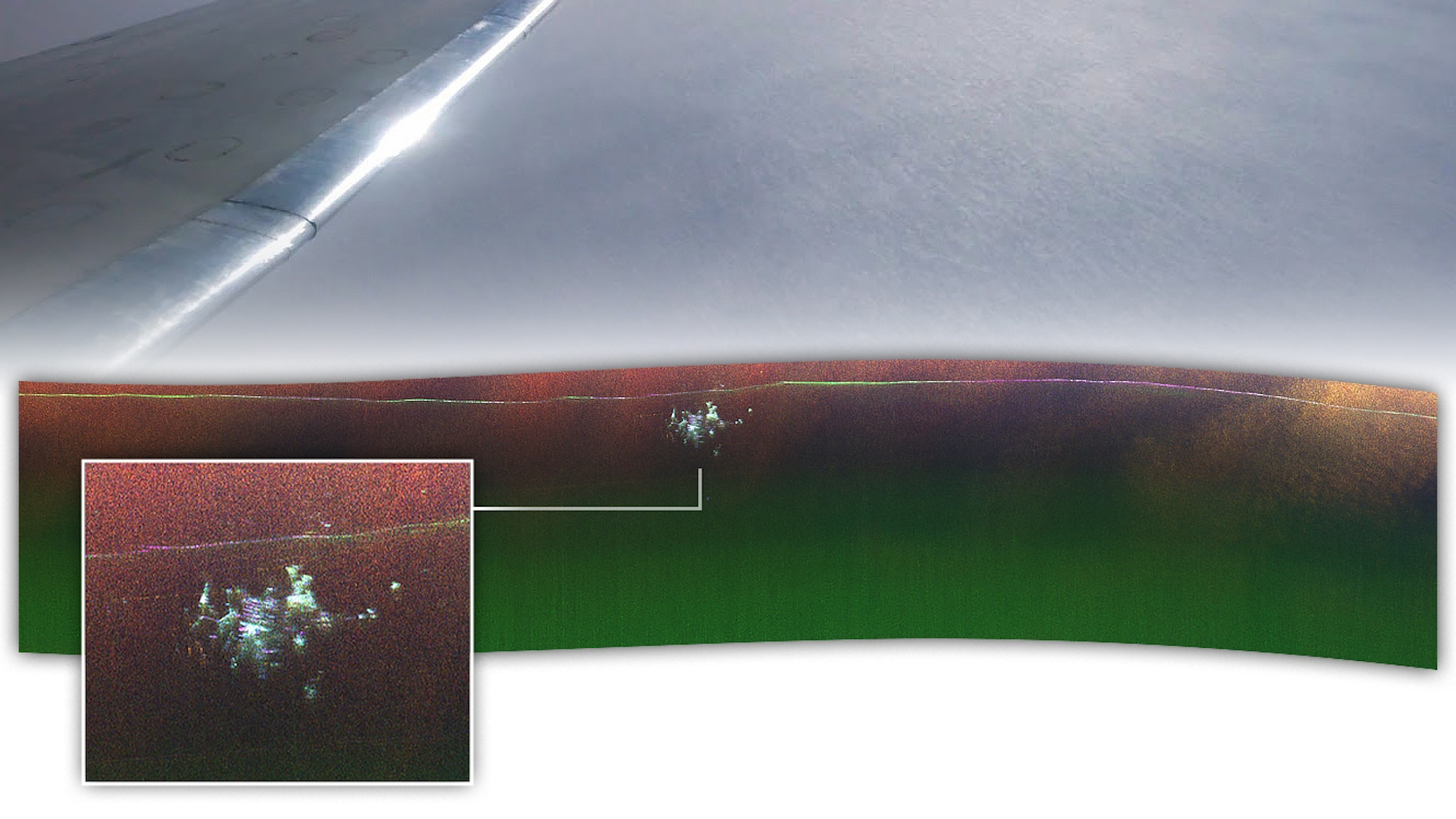
The was full of and often . Case in point: , the US Army’s subterranean nuclear apocalypse bunker built inside Greenland’s near-surface ice sheet. Construction on the sprawling underground facility began in 1959 under the auspices of a polar research site, but while experts did collect the there, its larger purpose was far more in keeping with the times.
In all, project leaders planned for 52,000 square miles of tunnels capable of housing both personnel and nuclear weaponry not far from Russian borders. As described in its : The Danish government’s “cooperation” proved to be a bit of a stretch, since the country never entirely signed off on the project. Not only that, but the US Army ultimately scrapped plans to complete the “fantastic city” in 1967, abandoning it to the harsh arctic elements.

Nearly six decades later, however, experts can still catch glimpses of Camp Century—provided they have the proper underground radar equipment. And NASA Earth Observatory’s November 25, 2024, highlights just such an occasion. As first flagged by on Monday, the most recent look at Camp Century came during an April 2024 flyby from NASA researchers.
The team wasn’t actually looking for evidence of the facility, however. The Gulfstream III flight was instead testing a piece of equipment known as the Uninhabited Aerial Vehicle Synthetic Aperture Radar (UAVSAR). “Our goal was to calibrate, validate, and understand the capabilities and limitations of UAVSAR for mapping the ice sheet’s internal layers and the ice-bed interface,” cryospheric scientist Chad Greene said in an on Monday.
While flying roughly 150 miles east of northern Greenland’s , the NASA researchers also snapped photos of the polar landscape from the plane’s windows showing a barren, icy expanse. It wasn’t until analyzing the radar images, however, that the team realized what they had flown over without even realizing it. “We didn’t know what it was at first,” added Alex Gardner, another cryospheric scientist team member.
After pinpointing the radar anomaly’s location, researchers realized they accidentally mapped the facility and its current conditions. “In the new data, individual structures in the secret city are visible in a way that they’ve never been seen before,” said Greene. But as NASA explains, that data can also distort images to the casual viewer: It appears that time has not been kind to Camp Century.
Since its abandonment, at least another 70 feet of snow and ice has piled atop the base (and its nuclear reactor’s ). Meanwhile, ice sheet plasticity has almost undoubtedly warped facility walls and hallways—a main factor in the US Army’s decision to ultimately shutter the project in 1967. Ironically, that nuclear waste—and the reasons for NASA testing UAVSAR—may one day bring Camp Century back into the public eye.
“Without detailed knowledge of ice thickness, it is impossible to know how the ice sheets will respond to rapidly warming oceans and atmosphere, greatly limiting our ability to project rates of sea level rise,” said Gardner. As notes, continued due to climate change may eventually bring Camp Century—and its nuclear waste—closer to the surface than experts would like..














